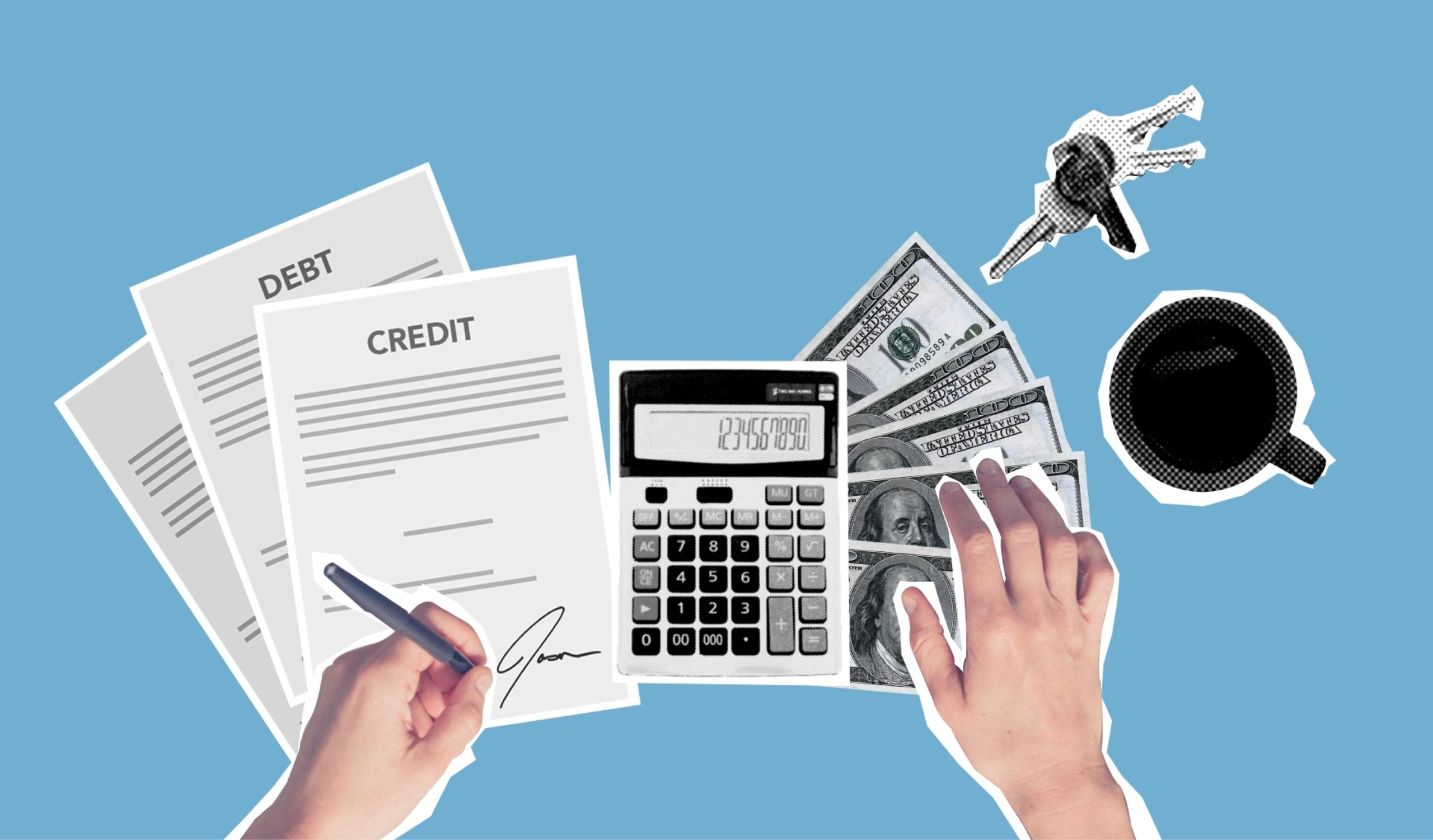
Your credit score is an important metric that gives useful insight to potential lenders about your financial condition. When applying for a loan, having a good credit score can potentially save you a fortune as you can qualify for the lowest interest rates. While there are several ways to improve your credit score, lowering your credit utilization is by far the most effective way to improve your credit score. This article will discuss what credit utilization is and some effective techniques to improve your credit utilization.
Table of Contents
What Is Credit Utilization?
Your credit usage ratio, also known as credit utilization rate, is the proportion of your existing credit limits that you’re utilizing (mainly credit cards). You can calculate your credit score by dividing your current credit card debt ( this includes all the credit cards you may have) with the credit card limit of your card. To get a percent, multiply by 100.
For example, you have two credit cards, each with a $2,000 spending limit. If you have used $1,000 from one card and $200 from the other card, your current credit utilization rate will be:
(1000 + 200)/2000 = 0.60
Multiply by 100 to get a percentage, which in our case, 0.60*100 = 60%
Credit scoring algorithms consider both your total credit use and your specific revolving account utilization rates. This means that even if you have a low or no debt on another card, maxing out another might hurt your credit usage ratio and hence your credit score. So it is a good idea to spread your credit usage among all your credit cards.
When it comes to your FICO® Credit Score, which is by far the most popular company to determine credit ratings and used by 90% of top lenders, your credit usage rate can contribute up to 30% of your total score. To maintain a good credit score, your ultimate utilization aim is to keep your credit card balances low. Ideally, you would want to have your credit usage ratio under 30% and under no circumstances allow it to climb over 50%. However, maintaining these ranges may not always be easy, and here are a few essential guidelines that you can follow to control your credit usage rate effectively.
Pay Your Credit Card Bill Frequently
After your statement closes, most credit card issuers submit your credit card balances to the credit bureaus, which implies they’re turning over your bill balance. This information is then used by the credit bureaus to compute your credit usage. However, this isn’t always the case since some card issuers have alternative reporting dates and will turn in whatever balance you have on that day.
Making smaller, more regular credit card payments rather than one large payment is an excellent strategy to reduce your use. You can keep your credit usage low by paying down your debt on a regular basis.
Consider the following scenario: you have a $1,000 credit limit and charge $600 every month on your credit card. You consistently pay in whole, yet your card issuer shows a $600 amount on your account, putting you at 60% credit use and lowering your credit score.
But suppose you consider paying for a small amount every time your credit limit reaches $250 and keep your credit utilization below that at the end of the month. Your credit limit will only be 25%, thus reducing credit utilization and improving your credit rating.
Use Your Credit Card Like Your Debit Card
Smart shoppers will know the benefits of paying off your purchases with your credit card instead of your debit card because of the added benefits a credit card may come with. Paying through your credit card is also more secure, but instead of paying off your due at the end of the month, it can be a great idea to pay off your debts instantly.
The key is to treat your credit card like a debit card. You gain two more benefits this way: You reduce your overall credit utilization and prevent paying interest on your transactions. So make a habit of treating your credit card as a debit card and pay off your expenses instantly.
Increase Your Credit Limit
If you’ve paid your credit card account on time for at least six months to a year, the card issuer may be inclined to raise your credit limit. This is especially likely if your salary has grown since you received the card, so be sure you keep your income on file with the card issuer. Many credit card issuers allow you to request credit limit increases online through your account, but you may also call them to place a request. With a higher credit limit, you’ll have more accessible credit, lowering your credit utilization.
Open a New Credit Card
Having multiple credit cards can be an effective way to decrease credit utilization. The idea is when you have multiple cards, you can spread your credit among those cards and have an overall lower credit utilization. This is also a simple hack because all you have to do is discover a card that you are eligible for. If you can get a balance transfer card with a 0% initial APR, that’s even better. You may then move your credit card debt to that card and begin paying it off without incurring any additional interest.
However, there are a few drawbacks to this approach. Sure it will cut your credit utilization, but it will also lower your average credit account age, which will lower your credit score. Furthermore, when applying for a new credit card, lenders may undergo a hard credit check to check on your current finances. A hard credit check is usually a cause of decreased credit scores. So, it is essential to evaluate if multiple credit cards make sense for your finances.
Consolidate Your Current Debt
Personal loans are a common way to consolidate credit card debt. This not only allows you to make one set monthly payment on your debt and earn a cheaper interest rate, but it can also help you improve your credit score.
All you have to do is secure a loan, ideally for the full amount of your credit card debt, and then pay off your credit cards with that loan. If you pay off all of your credit card debt in this manner, your credit card usage will drop to 0%.
Make sure you don’t start overspending just because you got a loan to pay off your credit card debt. Debt consolidation only works if you work diligently to repay your debt once it has been consolidated.
Keep Credit Accounts Open
Many of us have old credit cards we rarely use, but instead of closing them, it can be an effective way to increase your available credits. Sure, you incur a yearly charge to keep the card operational, but the added benefits you may get on lower credit utilization and an increased credit score make up for it.
To continue to reap the benefits of old, unused cards, charge a tiny sum to the card on a regular basis to keep the account alive. For example, you might dedicate this card to pay for your subscription-based payments only.
Set Balance Alerts and Make a Habit of Timely Payments
Technology can be of great assistance in helping you make timely payments. There are bill reminder apps like Prism and Mint that can help you make automatic credit card payments. You can also discuss this with your credit card issuer to get SMS or email notifications when your balance hits a specified amount or percentage of your credit limit. Your main objective is to maintain the balance below 30%.
Getting into the habit of paying multiple times a month rather than once might help you keep your balance down. Lower balances can save you money on interest, and they’re always beneficial for your credit score.
Bottom Line
We at wealthvipe always emphasize the importance of having a good credit score. Keeping track of your credit usage rate is an easy strategy to enhance and preserve your credit. Concentrate on both halves of the equation — your balance and your credit limit — and search for methods to reduce and maintain a low debt-to-credit-limit ratio for the most significant results. But it is also essential to understand that not all credit cards are made equal, and many may not be right for your finances. So revisit your credit card terms to determine which one is right for you. Some popular 0% APR credit cards may have a bunch of incentives and may be worth checking out. To learn more about credit cards and tricks for improving your credit ratings, keep an eye on our daily blogs.



